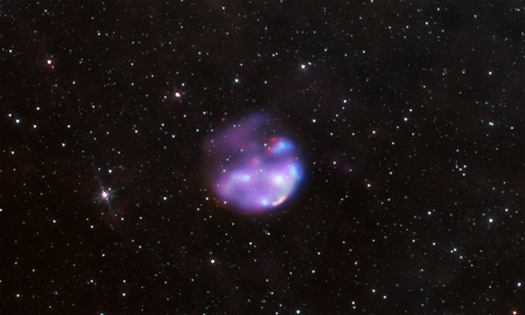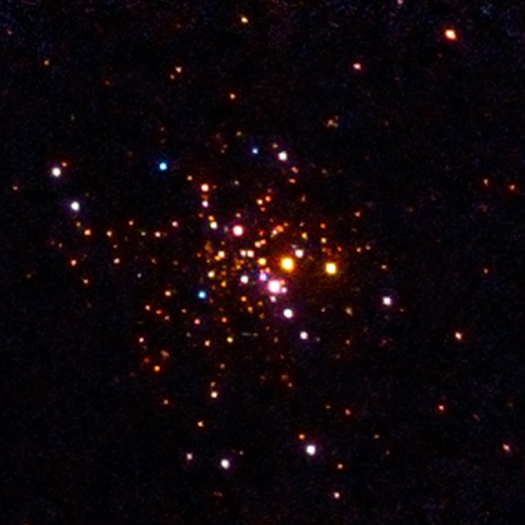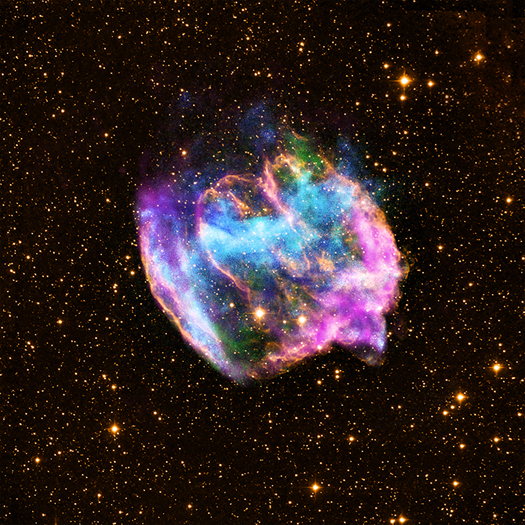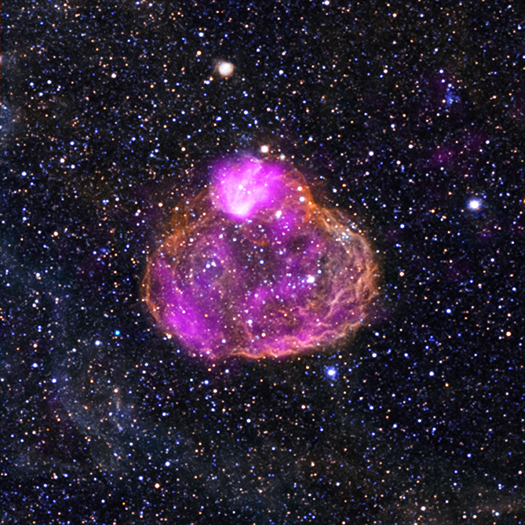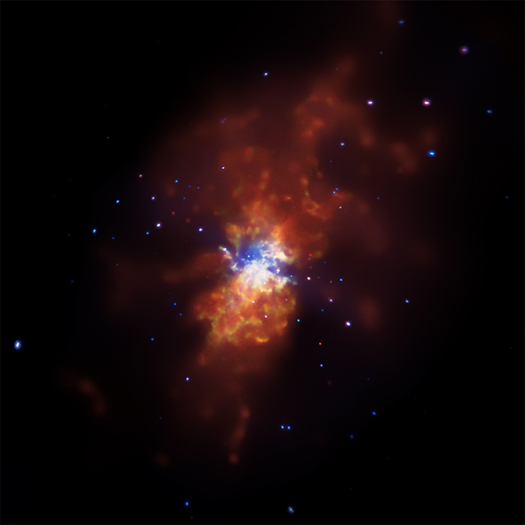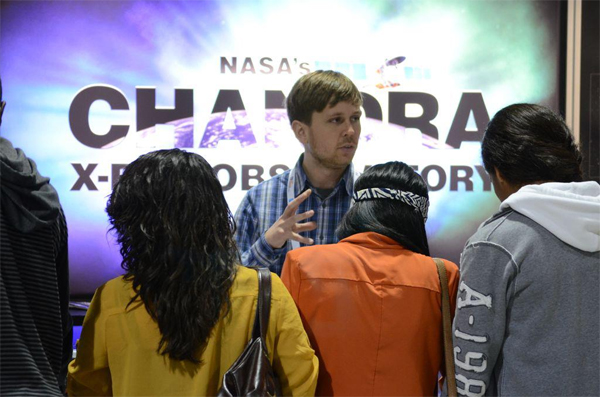NASA's Swift, Chandra Explore a Youthful 'Star Wreck'
Submitted by chandra on Fri, 2013-03-15 11:24While performing an extensive X-ray survey of our galaxy's central regions, NASA's Swift satellite has uncovered the previously unknown remains of a shattered star. Designated G306.3-0.9 after the coordinates of its sky position, the new object ranks among the youngest-known supernova remnants in our Milky Way galaxy.




